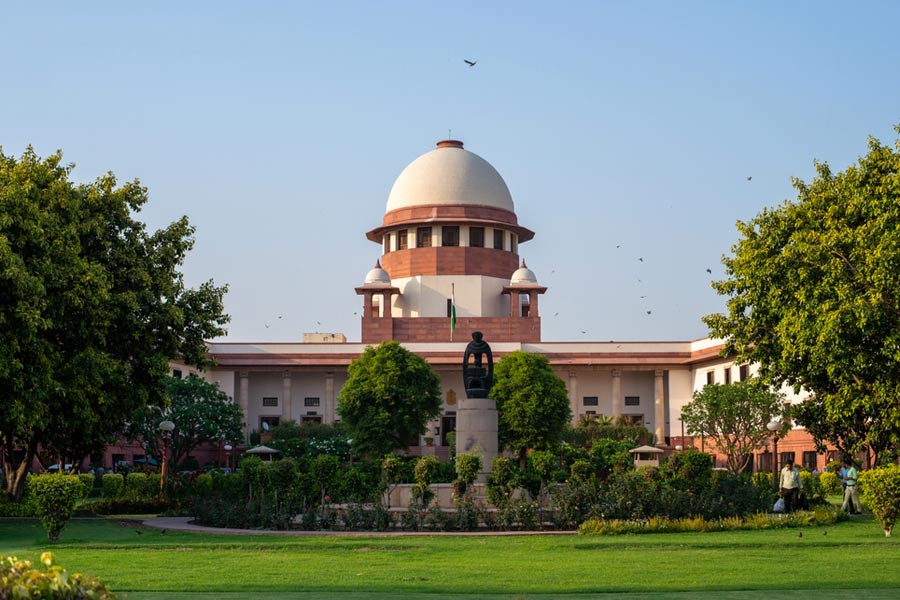The Supreme Court has laid down three broad criteria for determining the amount of compensation to be awarded for land the government acquires for industry or development: characteristics of the land, future potential, and market sentiments.
“While the court can use the principle of guesstimation in reasonably estimating
the value of land in the absence of direct evidence, the exercise ought not to be purely hypothetical,” the bench of Justice Surya Kant and Justice K.V. Viswanathan said in a judgment.
“Instead, the court must embrace a holistic view and consider all relevant factors and existing evidence, even if not directly comparable, to arrive at a fair determination of
compensation.”
Laying down the three parameters, the apex court explained their importance and outlined some of their specific features.
Land character
Land with features that enhance its accessibility and usability tends to command higher market prices. Key among such features are connectivity via roads
and other means of transport, size and shape of the land, availability of utilities such as electricity and water, evenness of the land’s surface, width of the frontage,
and the nature and status of the surrounding area.
Potential
Land that can potentially be used for commercial or residential purposes, or is located in or near a developed area or close to a tourist destination, is considered likely to command a higher value in the future. Owners of such land may therefore demand higher compensation in anticipation of a future price rise.
Market sentiments
Even if a particular plot of land possesses all desirable features, its valuation can suffer if the market conditions are unfavourable at the time when the acquisition is notified.
Economic recessions, political instability, speculative investments, or real estate crises can affect the perceived value of a plot. “Thus, these extraneous economic and political factors must also be considered when assessing land valuation,” the bench said.
The directions came on a batch of appeals and counterappeals moved by landowners and Noida authorities over the compensation fixed by Allahabad High Court relating to land acquisition in village Chhalera Bangar in Dadri, Ghaziabad district, Uttar Pradesh.
The apex court enhanced the compensation over that awarded by the high court.
The state government had on January 5, 1991, notified the acquisition process for about 492 acres of land in the village for an industrial development project. Possession was taken in phases between March 1992 and November 1995.











